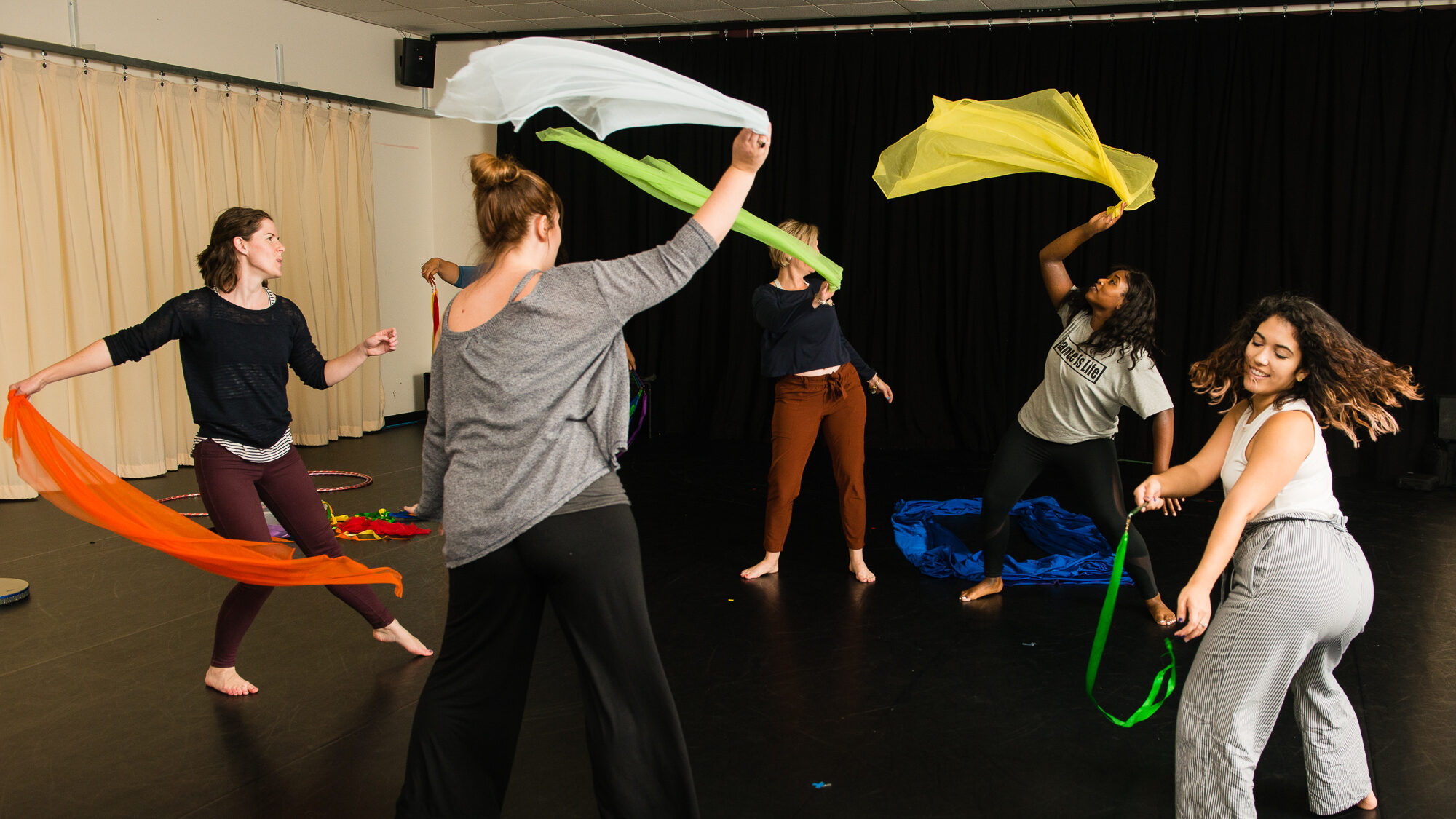
About the National Coalition of Creative Arts Therapies Associations
Creative Arts Therapists are trained and credentialed according to their distinct profession and each Creative Arts Therapy is governed by a separate professional association with a unique scope of practice.
The National Coalition of Creative Arts Therapies Associations (NCCATA) is made up of 5 separate organizations that all serve professionals of different creative arts therapies.
Member Organizations
American Art Therapy Association
Art therapy emerged in the 1940s as a mental health profession in which clients, facilitated by the art therapist, use art media, the creative process, and the resulting artwork to explore their feelings, reconcile emotional conflicts, foster self-awareness, manage behavior and addictions, develop social skills, improve reality orientation, reduce anxiety, and increase self-esteem.
Art Therapy Master’s programs include theories of art therapy, counseling, and psychotherapy; ethics and standards of practice; assessment and evaluation; individual, group, and family art therapy techniques; human and creative development; multicultural issues; research methods; and internship experiences in clinical, community and other settings.
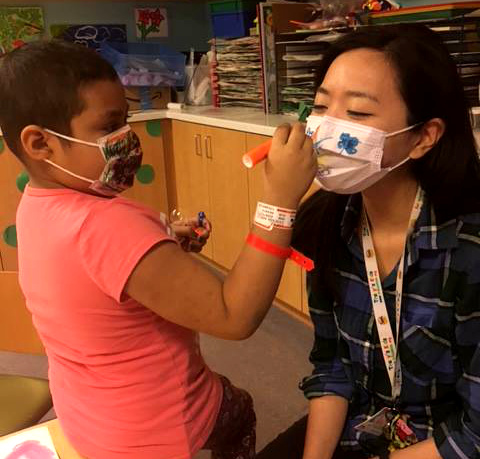

American Dance Therapy Association
Based on the empirically supported premise that the body, mind, and spirit are interconnected, the American Dance Therapy Association defines dance/movement therapy as the psychotherapeutic use of movement to further the emotional, cognitive, physical, and social integration of the individual. Dance/movement therapy is practiced in mental health, rehabilitation, medical, educational, and forensic settings, and in disease prevention, private practice, and health promotion programs.
The dance/movement therapist focuses on movement behavior as it emerges in the therapeutic relationship. Body movement as the core component of dance simultaneously provides the means of assessment and the mode of intervention for dance/movement therapy.
American Music Therapy Association
Music Therapy is the clinical & evidence-based use of music interventions to accomplish individualized goals within a therapeutic relationship by a credentialed professional who has completed an approved music therapy program.
The American Music Therapy Association (AMTA) is dedicated to the advancement of the public’s awareness of the benefits of music therapy and to increasing access to quality music therapy services for those in need. Music therapy is a well-established healthcare profession dedicated to the improvement of health and well-being through use of carefully structured and evidence-based interventions informed by the best available research in published literature.
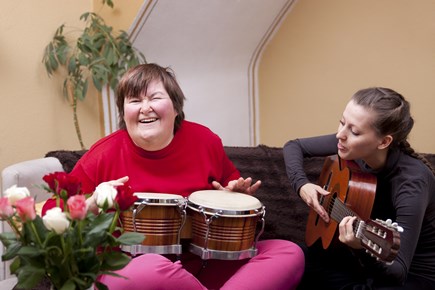
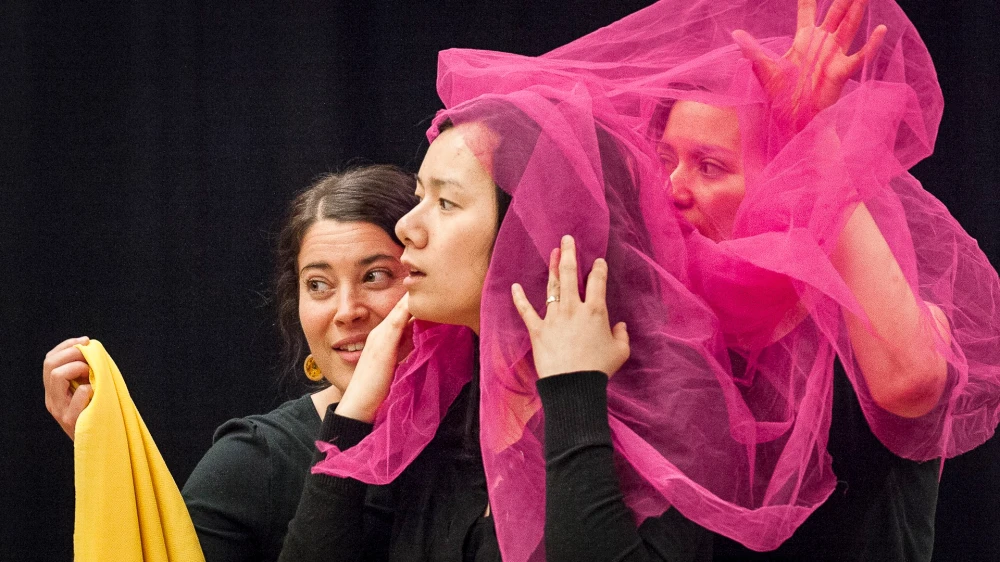
North American Drama Therapy Association
The North American Drama Therapy Association was founded in 1979. Drama Therapy is an active, experiential approach to facilitating change.
Through storytelling, projective play, purposeful improvisation, and performance, participants are invited to rehearse desired behaviors, practice being in relationship, expand and find flexibility between life roles, and perform the change they wish to be and see in the world.
National Association for Poetry Therapy
The National Association for Poetry Therapy, Inc. (NAPT) is an international and interdisciplinary nonprofit organization promoting growth and healing through written language, symbol and story.
NAPT members have forged an energetic community of healers, educators, and other helping professionals who value the applications of words and language. NAPT includes members from a wide range of disciplines, and writers of all styles, including poets, journal keepers, storytellers and songwriters. NAPT represents the language-oriented branch of expressive arts therapies.
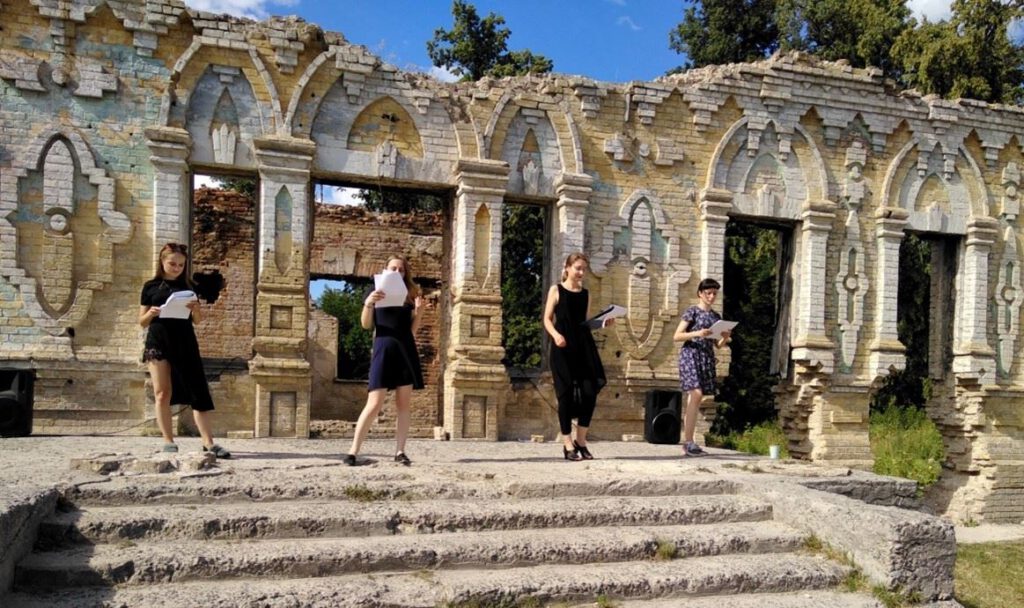
Frequently Asked Questions
What qualifications do Creative Arts Therapists have?
Each Creative Arts Therapy discipline has its own set of professional standards and requisite qualifications. As a group, Creative Arts Therapists are highly skilled, credentialed professionals having completed extensive coursework and clinical training.
This table has an overview of the requirements of each association. For the most up to date information, visit the association’s website.
Where do Creative Arts Therapists Work?
- adult day treatment centers
- community mental health centers
- community residences and halfway houses
- correctional and forensic facilities
- disaster relief centers
- drug and alcohol programs
- early intervention programs
- general hospitals
- home health agencies
- hospices
- neonatal nurseries
- nursing homes
- outpatient clinics
- psychiatric units and hospitals
- rehabilitative facilities
- senior centers
- schools
- wellness centers
How do the Creative Arts Therapies address major social issues?
Cutting-edge applications of Creative Arts Therapies are being used to address the most complex societal issues. Issues being addressed are those that have been identified as key federal initiatives by the President and Cabinet officials.
For example:
- School Violence Prevention and Intervention
- Alzheimer’s Disease Treatment
- Campaign Against Suicide
- Domestic Violence Prevention
- Substance Abuse Prevention
- Health Prevention and Promotion
- Breast Cancer Treatment
How does NCCATA operate?
NCCATA holds quarterly meetings attended by representatives from each organization to share information and encourage collaboration on issues of joint interest such as governmental affairs, public relations and other projects. The working group of NCCATA consists of the Chair,Chair-Elect,Treasurer, and Communications Coordinator. Each member organization has one vote and pays annual dues.
How can one join NCCATA?
NCCATA is a coalition of organizations, rather than a membership organization. Instead, creative arts therapists should consider joining and being active with the professional organization that represents their discipline.
Does NCCATA have state chapters?
No. Coalitions in the some states have developed independently. In states where there are Coalitions of CATs they work on projects such as gaining legislative recognition, educating the public and other providers about creative arts therapy services, hold joint conferences, and work together to maximize resources.